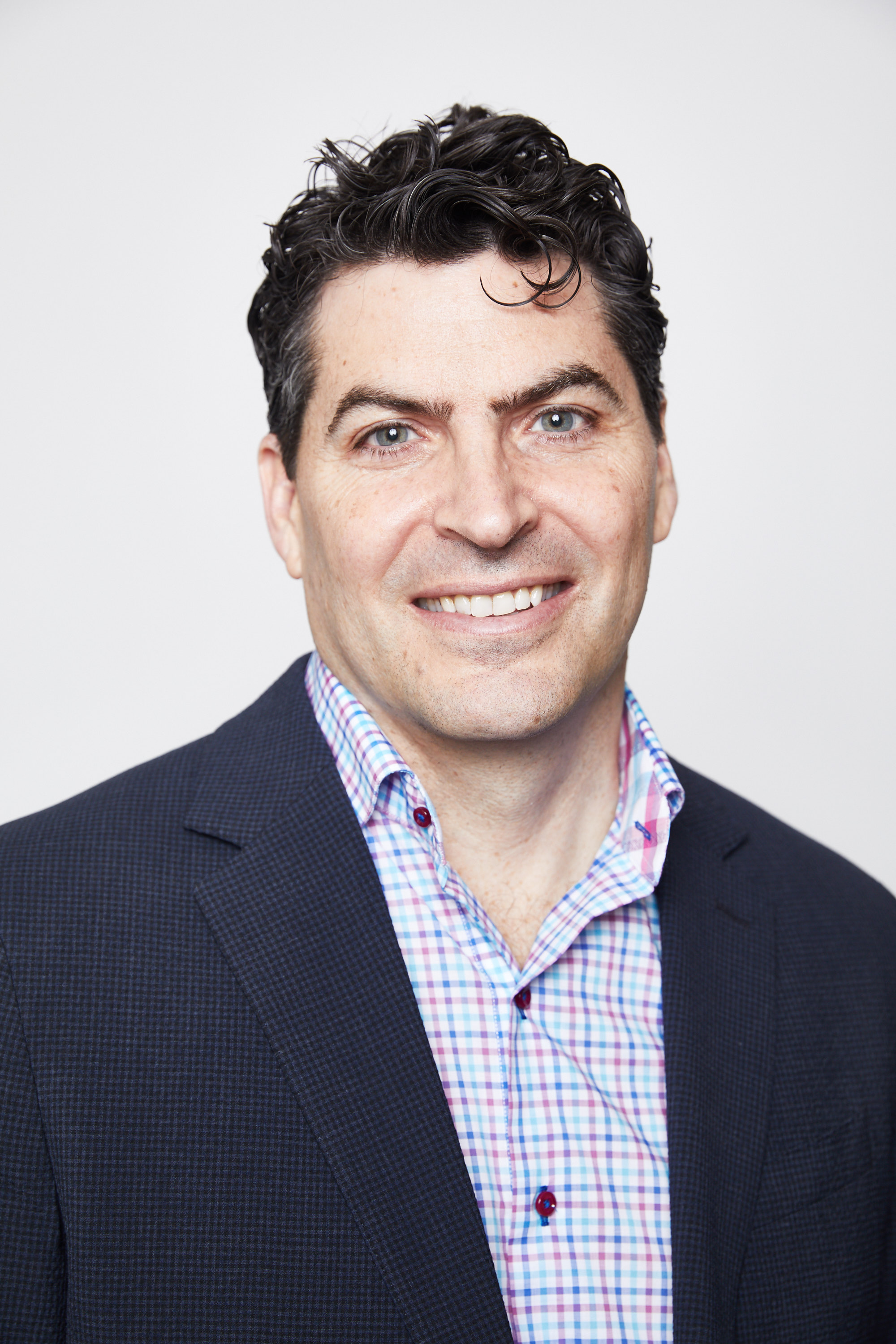iProspect's Jeremy Cornfeldt: What Brands Can Learn from the DTC Boom

If you're riding the New York City subway or whiling away your time on Instagram, you might think that the only advertisers around anymore are direct-to-consumer (DTC) brands. Such ads are omnipresent, spanning mattresses, shoes, toothbrushes, furniture, masculine virility, and feminine hygiene. How are agencies responding to this booming category?
Jeremy Cornfeldt (pictured at top), chief executive officer of iProspect U.S., the digital performance marketing agency within Dentsu Aegis Network, has been tracking this phenomenon especially closely. As a result, iProspect recently bolstered its offerings by acquiring MuteSix, a creative, media, and data agency designed for DTC brands.
MediaVillage spoke with Cornfeldt about what he finds most compelling among the DTC trends, as well as what established brands are learning from DTC success stories.
David Berkowitz: How far do you see DTC going? Are consumers going to buy every single type of product from a different supplier?
Jeremy Cornfeldt: What's really interesting is that DTC players, because they're not encumbered by legacy infrastructure, don't need to have enormous market share to be successful. They can chip away and have 1 to 2 percent market share and figure out how they either continue to maintain that or methodically scale.
Obviously, there will be those that don't survive, and MuteSix has worked with companies that haven't made it — which means they've developed a keen ability to understand which ones are going to be successful in and which ones aren't.
Berkowitz: What else propelled you to acquire MuteSix?
Cornfeldt: We've been built to handle really complex clients, from Microsoft to retail clients, to financial services organizations, such as Bank of America. What's missing and what gets so much attention today, especially with a lot of our legacy established clients, are the DTC brands. Digital has lowered the barriers to entry for these DTC brands to promote what they do.
Berkowitz: Are your larger enterprise clients learning anything from DTC brands?
Cornfeldt: What they're seeing is that, when you're developing creative, for social in particular, it has to be different. You have one to two seconds to grab somebody's attention. People are typically looking at it on a smaller screen. If you get their attention, then you can have something that's really immersive.
Berkowitz: So, social is critical for DTC brands?
Cornfeldt:These DTC clients get started on social, primarily on Facebook; the creative options are great and they're engaging. You can showcase a lot of information. The media is targetable and inexpensive, and they've really built their businesses that way. MuteSix is enabled to capitalize on that.
Berkowitz: That must be another benefit of having MuteSix within your group.
Cornfeldt: Yes. While DTC brands are smaller and their budgets are smaller, they're having a major impact in terms of the marketing space and in terms of disrupting our clients. Working with smaller clients like that has always been challenging for an agency like ours. As we look to diversifying our client portfolio, that was one of the things that led us to MuteSix.
When we started to really dig in and understand more about their agency, we saw that they have done an amazing job at bridging the gap between creative and media where they don't even see them as two separate offerings. With these smaller DTC companies, they have to be able to produce creative quickly, do it inexpensively, test and learn, fail fast, and find what works. MuteSix built a formula for success around this. They have a studio in the office where they can shoot creative and have things ready within a day, which is somewhat unheard of in the creative space.
Berkowitz: How does MuteSix fit structurally within iProspect?
Cornfeldt:We are being very deliberate in not integrating the organizations. MuteSix will stand alone. Our models are different. We have about 850 people servicing 85 clients; MuteSix has 140 people servicing more than 270 clients. Their setup is more about volume of clients. On the flip side, we will be identifying areas where we can integrate with each other, where we can share learnings and potentially some services.
Berkowitz: What else is exciting you in the market right now?
Cornfeldt: Personalization is a big area for us. And then we continue to push the envelope in terms of voice, given our strong SEO background. Voice is already delivering value today because we're learning how [it] can play a role in helping our clients' organizations qualify people early on in the buying process.
Click the social buttons to share this story with your friends and colleagues.
The opinions and points of view expressed in this content are exclusively the views of the author and/or subject(s) and do not necessarily represent the views of MediaVillage.com/MyersBizNet, Inc. management or associated writers.


